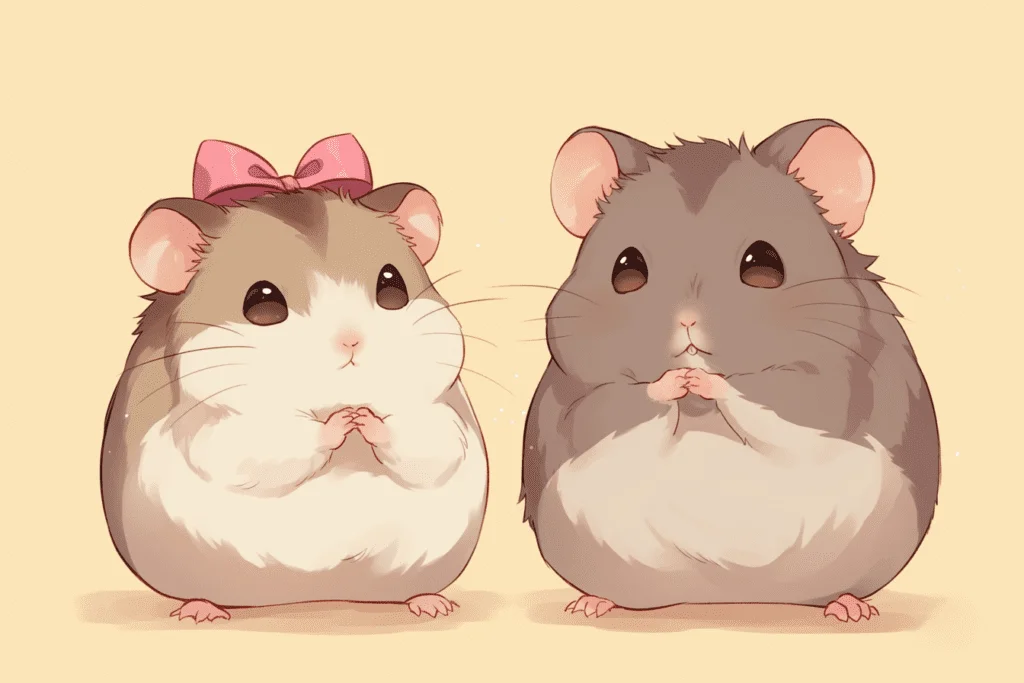
So, you’ve got a hamster and you’re wondering if it’s a boy or a girl – because, let’s be real, it’s hard to tell when they’re so fluffy and cute. But, you’re curious, and you want to know the secret to confining your hamster’s gender. Well, it’s not as complicated as you think, but it does require some sneaky detective work. You’ll need to get up close …. 🧐
Key Takeaways
- The anogenital distance (space between genitals and anus) is longer in males than in females.
- Female hamsters have more prominent nipples, usually visible in two rows along their belly.
- Males typically have a more rounded rear end, while females have a slender, pointed one.
- Breed-specific characteristics offer additional clues for different hamster types.
Examining the Hamster’s Body
The first step in determining your hamster’s gender involves observing their physical characteristics. The primary clue lies in the anogenital distance. In male hamsters, this distance is noticeably longer than in females. So, a longer distance suggests you’ve got a boy, while a shorter one indicates a girl.
Next, let’s consider nipples. Female hamsters typically have more prominent nipples than males. If you notice visible nipples arranged in two rows along the belly, it’s likely a female. However, this method isn’t foolproof, especially for long-haired hamsters where nipples might be harder to spot.
Visual Differences in Hamsters
Beyond the anogenital distance and nipples, other visual cues help identify your hamster’s gender. Males tend to have a more prominent, rounded rear end than females, whose rear ends are more slender and pointed. Think of it as the difference between a pear (male) and a peach (female) shape.
Different hamster breeds have unique characteristics that can help in gender identification:
- Dwarf hamsters: Male Dwarfs have a visible scent gland near the middle of their belly, often with yellow or oily staining around it. Females have tiny, hard-to-see scent glands.
- Syrian hamsters: Females have more noticeable nipples in two rows, while males have more prominent genitalia.
- Chinese hamsters: Males have longer, rounder rear ends, and the anogenital distance is a reliable indicator of sex.
Accurate Gender Identification Tips

To further refine your hamster gender detective skills, consider these additional tips:
- Gently examine your hamster’s underside. Male hamsters will have small, visible testicles.
- Look for scent glands on their belly or near the front paws, which are typically more prominent in males.
- Keep in mind that female hamsters generally have more visible nipples compared to males.
Conclusion
Congratulations! You’ve now got the knowledge to solve the mystery of your hamster’s gender. Remember, accurate identification helps provide the best care for your furry friend. Whether you’ve got a Mr. Whiskers or a Ms. Fluffball, what matters most is the joy and companionship they bring.




